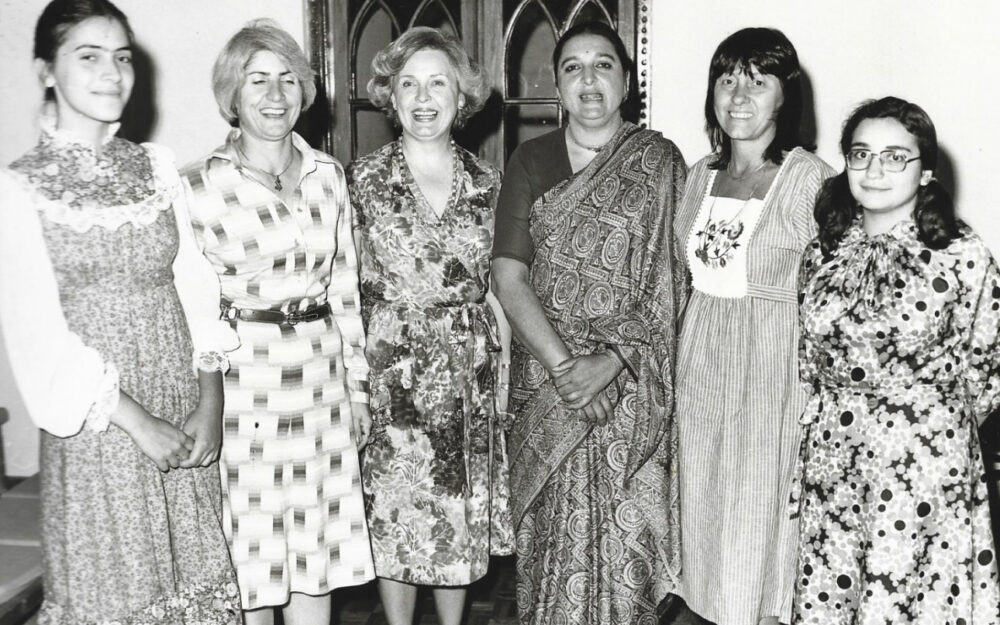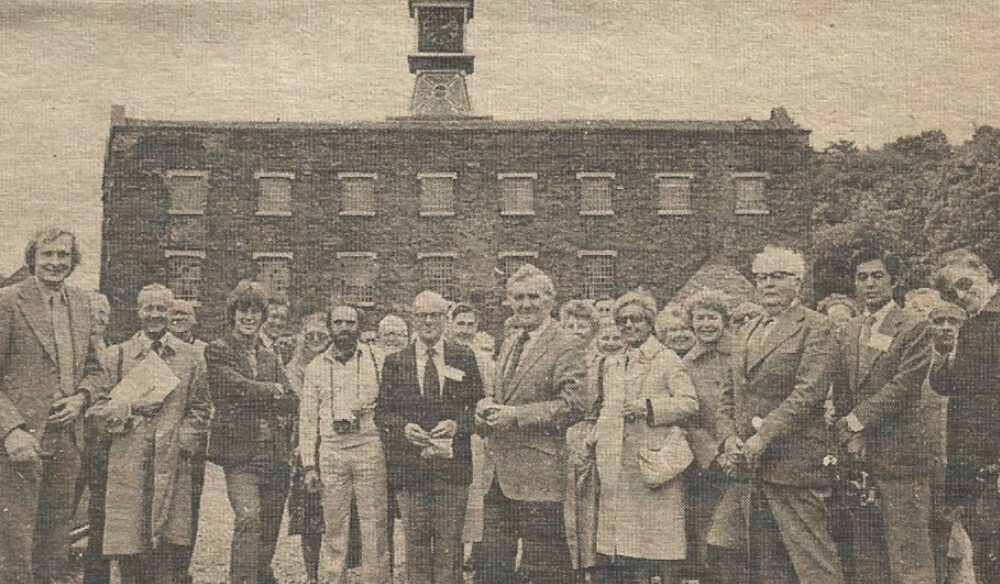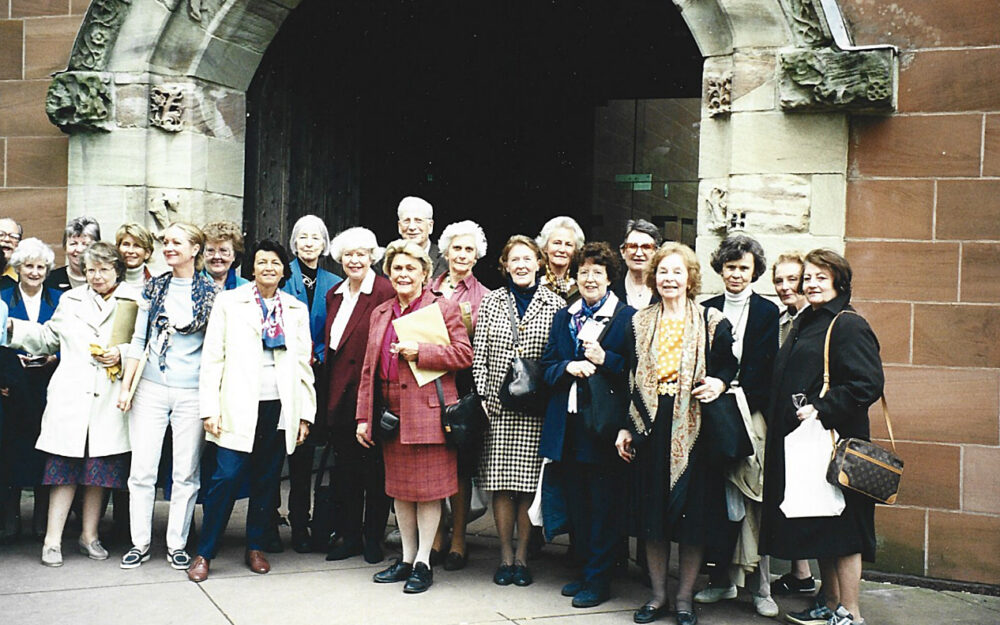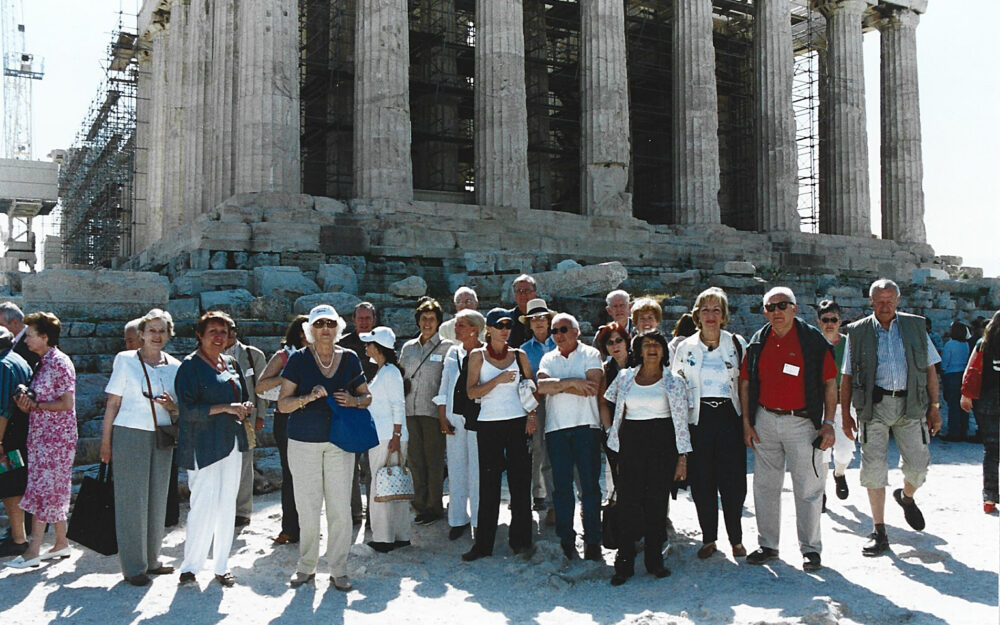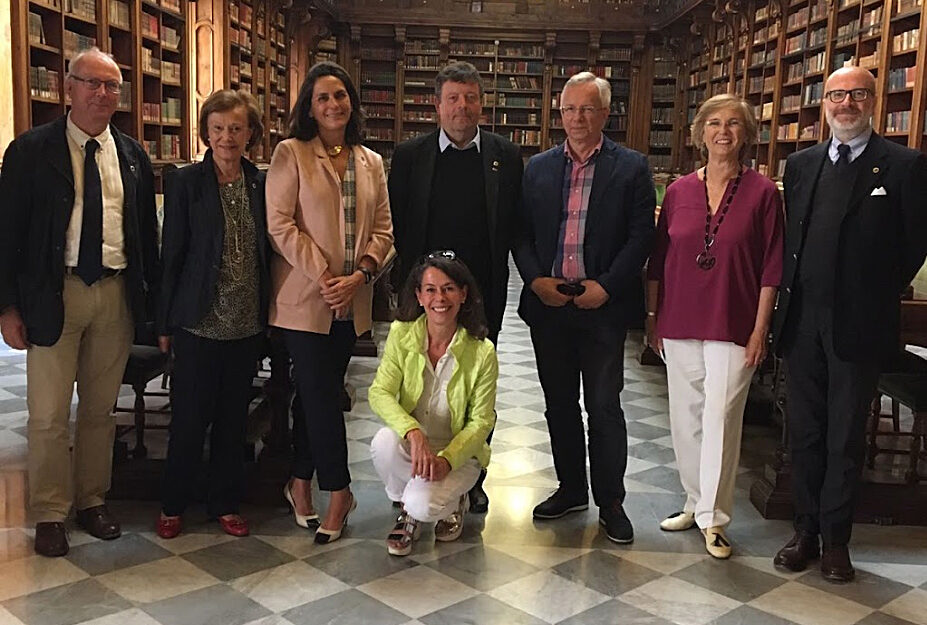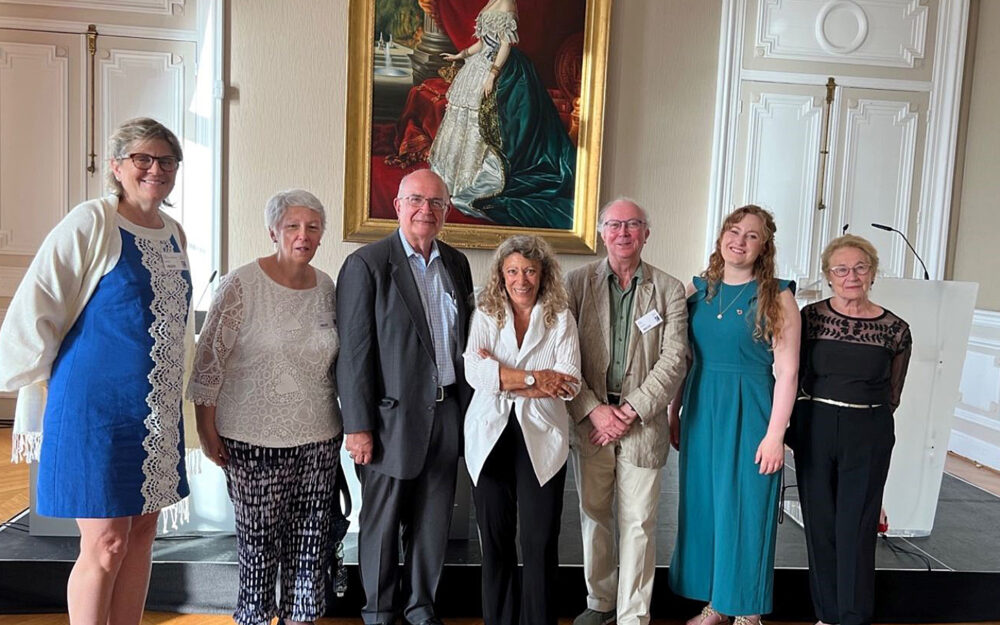INFORMATION
Foundational Information
•
About
The World Federation of Friends of Museums (WFFM) is an international nonprofit, nongovernmental organization promoting the cooperation between associations of Friends of museums throughout the world, in order to enhance the value of museums and encourage the safeguard of our cultural heritage…
The WFFM holds its annual General Assembly and its triennial Congress in a different city of the World every year where all its Members may meet, exchange ideas and share best practices.
The WFFM encourages and develops Young Friend’s movement within the Federation to include new generations in its thoughts and actions and to prepare the future of Friends of Museums. …

•
The Code of Ethics
The purpose of the “Code of Ethics for Friends and Volunteers of Museums”, adopted unanimously by the World Federation of Friends of Museums at its IX Congress held in Oaxaca, Mexico in 1996, is to provide all members with a guide that contribute towards reinforcing and strengthening the relations between Friends and volunteers of museums and museum professionals.
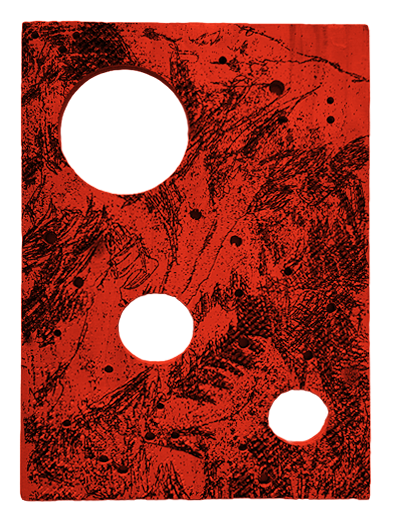
•
Timeline
1967 | Barcelona
The beginning. Luis Montreal, curator of the Frederic Marѐs Museum, together with the “Amigos de los museos” society of Barcelona (Spain) and count Boël (Belgium), conceive the idea of a non-profit international organization that would gather the existing societies of Friends of Museums around the world.
1971 | Paris
From 1970 to 1972, Hugues de Varines, President of the International Council of Museums (ICOM) and Luis Montreal, together with delegates of Friends of Museums, draw up guidelines for the new organization, a structure that can become a credible counterpart of museum institutions and of their managing agencies, a transnational association open to diverse experiences and to the needs of different cultures.
1972 | Barcelona Congress
The first International Congress of Friends of Museums chaired by Luis Montreal and Jacqueline Boël.
150 representatives from 24 societies of Friends of Museums worldwide. This preliminary gathering leads to the formation of an international working group which agrees on the institution of National Federations of Friends of Museums and to examine the text of the Statutes of the future World Federation of Friends of Museums.
1975 | Brussels Congress
At the 2nd International Congress, la Fédération Mondiale des Amis de Musées (FMAM/WFFM) is officially set up. David Mawson of the United Kingdom serves as the first President. The Statues are approved by the delegates of six national federations (Australia, Belgium, France, Italy, Poland, United Kingdom) and by the representatives of three national associations (Amigos de los Museos, Barcelona, Spain, Committees of Art Museums, Atlanta, USA, Gesellschaft der Freunde des Rӧmish-Germanischen, Mainz, Germany).
1978 | Florence Congress
At the third International Congress, the Council of WFFM, the Presidents or delegates of the national federations, whose number has steadily increased each year, clarify the new Federation’s roles and objectives for the future.
1981 | Birmingham Congress
1984 | Paris Congress
WFFM starts promoting Young Friends activities in its congresses.
In 1985, the WFFM amends part of its bylaws to open the organization to individual members alongside federations and associations.
Reciprocal representation is established between WFFM and its counterpart ICOM; relationships are pursued with UNESCO (United Nations Education, Scientific and Cultural Organization).
In 1986 UNESCO’s cultural periodical “Museum” begins to issue a regular feature on WFFM’s activities developed by her Secretary General.
1987 | Toronto Congress
In 1989, WFFM is recognized by UNESCO as a Non-Governmental Organization (NGO). WFFM’s initial observer status to ICOM Executive Council meetings has been upgraded over the years to report on its activities.
Cooperation with these parallel international organizations contributes to reinforcement of the relations between Friends, volunteers, and museum professionals. It helps to establish an effective and reciprocal synergy benefiting the museums, the heritage and the public at large.
In this decade, new national federations come into being in Argentina then Spain, Greece, Sweden and new associations of Friends from Brazil, Cyprus, Denmark, India, Kenya, Singapore, Switzerland, Thailand join the WFFM.
1990 | Cordoba Congress
1993 | Treviso Congress
1996 | Oaxaca Congress
At the ninth International Congress, WFFM adopts the Code of Ethics for Friends and Volunteers of Museums. The document contains the basic principles which each member needs to comply with when acting on behalf of his/her association. The WFFM Code of Ethics is formally welcomed by ICOM. In 2001 two articles recognizing the role of Friends and promoting joint action are included in the ICOM Code of Ethics of Museums.
1999 | Sydney Congress
2002 | Buenos Aires Congress
In 2002, WFFM publishes the practical handbook “How to Start a Friends Group” by an Australian, Carol Serventy. This basic guide encourages people to start groups of Friends of Museums and to band together in a regional association or a national federation.
The 2003 ICOM International Museum Day is dedicated to the theme “Museums and their Friends”.
2005 | Seville Congress
During the twelfth International Congress, WFFM celebrates its 30th anniversary with the publication of the art book “Art Donations”.
ICOM and WFFM publish a common declaration for sustainable cultural tourism worldwide in 2007 and join their forces to promote ethical tourism during the 2009 ICOM International Museum Day on “Museums and Tourism”.
2008 | Jerusalem Congress
2010 A Memorandum of Understanding between ICOM and WFFM is signed during the WFFM General Assembly in Lisbon and is renewed in 2013 during the ICOM General Conference in Rio de Janeiro. The MoU opens cooperation in the fields of educational activities in museums, outreach to the public, and safeguarding of cultural heritage.
2011 | Genoa Congress
2014 | Berlin Congress
The WFFM Young Friends project gains new momentum when the Young Friends generate their first 5-day program in parallel with the WFFM congress in Berlin.
WFFM and the Chinese Museums Association sign a Memorandum of Understanding in Xiamen, China
2017 | Verona & Mantua Congress
At the Mantua-Verona congress in 2017, WFFM Young Friends draw up the Verona Charter and commit to the preservation of artistic and cultural heritage through closer international cooperation.
ICOM Europe and WFFM sign the Declaration of Funchal “Museums and social Landmarks” for the European year of cultural heritage during the WFFM General Assembly in Madeira in 2018
2020 | Sydney and Canberra Congress
The fully prepared congress is cancelled two weeks before its start date end of March due to covid pandemic and travel restrictions.
After the suspension of world meetings for two years due to covid pandemic, WFFM members underline the importance of developing a federative project for Friends of Museums in Europe to revive the World Federation, during their General Assembly in Marseilles in 2022.
2023 | European Day of Friends of Museums
The General Assembly held in Brussels in 2023 validates the launching of a European Day of Friends of Museums. The First edition takes place the 8 October with the participation of 100 associations from 5 countries.
After the General Assembly held in Luxembourg in 2024, the second edition of the European Day of Friends of Museums is organized the 13 October by 150 associations of ten countries.
On this occasion, ICOM Europe and WFFM Europe update in Lisbon the declaration of Funchal.
A WFFM Young Council is set up in November 2024 to coordinate and promote Young Friends’ actions.
WFFM becomes an affiliated member of ICOM in January 2025 to cooperate closely in the fields of interests of museums and the museum profession.
•
How to Start a Friends’ Group
This is a very basic guide to help you get started.
More information can be found in the books and papers listed in Further Reading.
The World Federation of Friends of Museums encourages people to start groups of Friends of museums, encourages them to band together in a regional association or a national federation, and provides the means for them to share information and experiences.
Does your museum need Friends? The concept that Friends should be an integral part of every museum is now well understood in many countries; but there are also many museums without such a group.
Major art museums world-wide have long had a ‘society’, often primarily to raise funds, but in recent years a wave of small museum expansion in rural, regional, suburban and city areas has caused a new need for Friends’ groups that bring the museum closer to its public, and the public closer to its museum.


